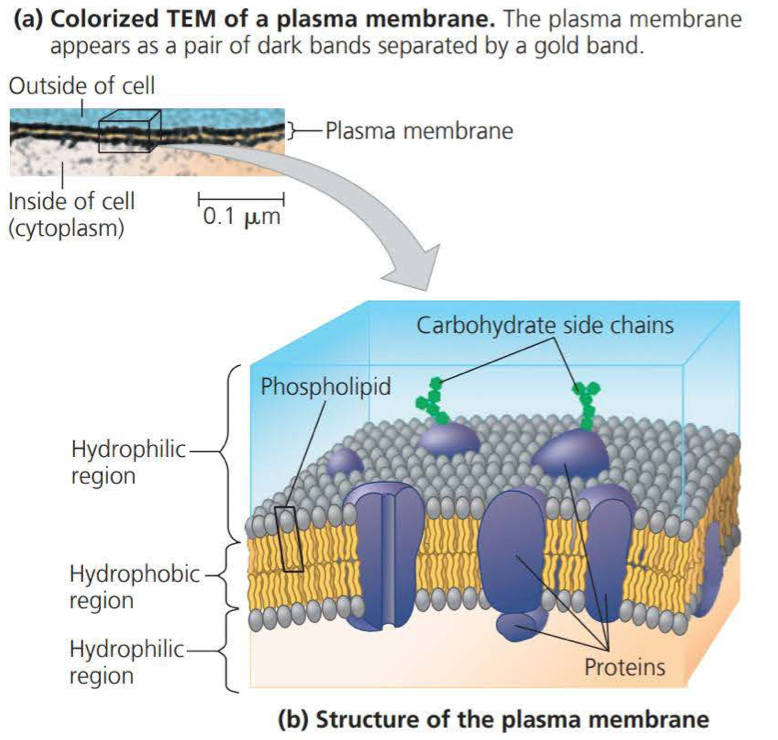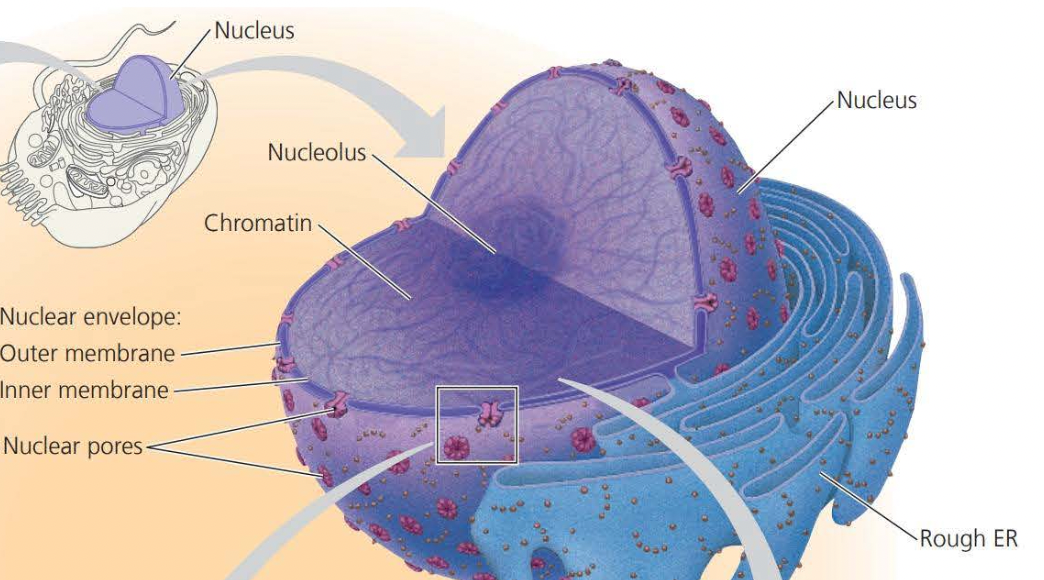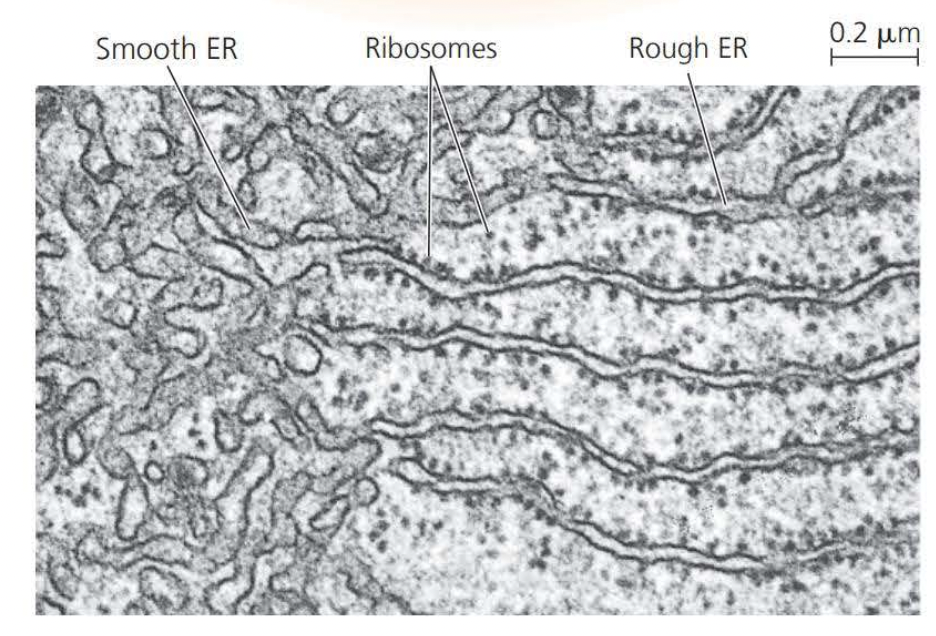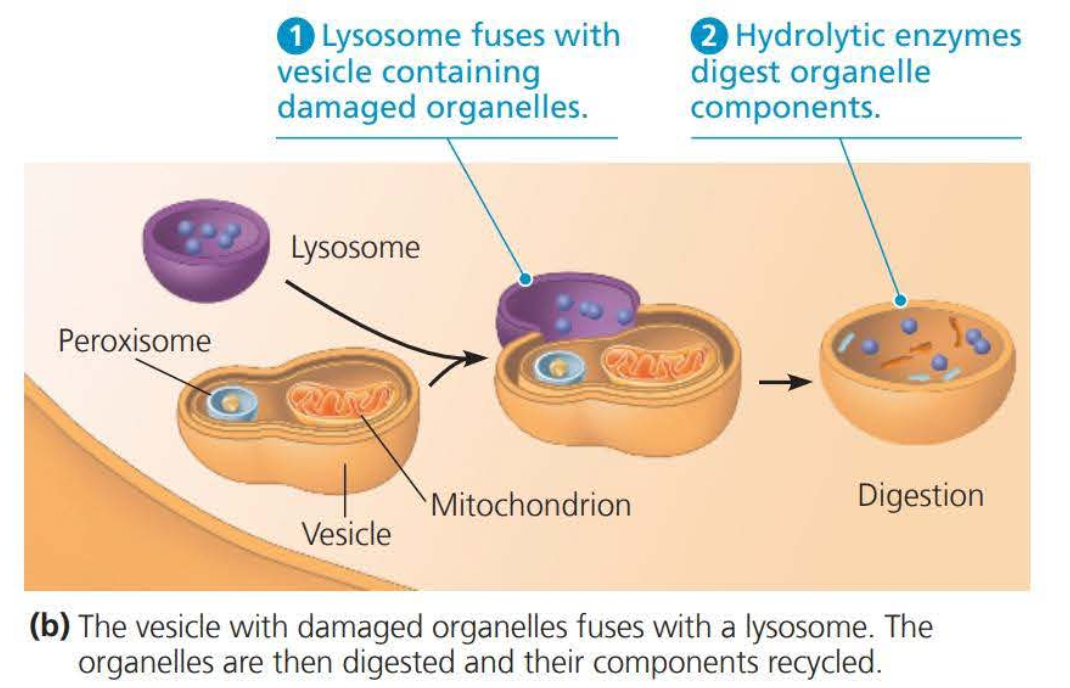Chapter 4 (Campbell's Biology in Focus)
Internal Membranes and Functions
Cytosol is the semifluid, jellylike substance inside cells
In eukaryotic cells, most of the DNA is found in the nucleus
In prokaryotic cells, DNA is focused in a region called the nucleoid which is not membrane enclosed
The interior of either type of these cells is called cytoplasm
At the boundary of every cell the plasma membrane functions as a selective border that allows oxygen, nutrients, and wastes to service the entire cell
the plasma membrane consists of a double layer of phospholipids

Microvilli increase the surface area of an object due to the crevices
The nucleus contains most of the genes in a eukaryotic cell
The nuclear envelope encloses the nucleus separating its contents from the cytoplasm
the two membranes are each a lipid bilayer associated with proteins

The nuclear side of the envelope is lined by the nuclear lamina
DNA is organized into discrete components called genes
The complex of DNA and proteins making up chromosomes is called chromatin
A prominent structure in the nondividing nucleus is the nucleolus (plural of nucleoli) which is a mass of densely stained granules and fibers adjoining part of the chromatin
Ribosomes are complexes made of ribosomal (RNA) proteins
They carry out protein synthesis
Endomembrane System
Many of the different membrane-bounded organelles of the eukaryotic cell are part of the endomembrane system,
the endomembrane system includes the
nuclear envelope
endoplasmic reticulum
Golgi apparatus
lysosomes
various kinds of vesicles and vacuoles
plasma membrane.
The endoplasmic reticulum is a large network of membranes that accounts for more than half of the plasmic membranes in eukaryotic cells
Smooth ER lacks ribosomes

Rough ER is studded with ribosomes on the outer surface of the membrane

Functions of Rough ER
Most secretory proteins are glycoproteins
Transport Vesicles are vesicles in transit from one part of the cell to another
The Golgi Apparatus: the shipping and receiving center
After leaving the endoplasmic reticulum in transport vesicles, they head to the Golgi Apparatus
The Golgi Apparatus is like a warehouse for receiving, sorting, shipping, and some manufacturing.
A lysosome is a membranous sac of hydrolytic enzymes that many eukaryotic cells use to digest macromolecules
Phagocytosis is the process of engulfing smaller organisms or food particles
The food vacuole formed through this then fuses with a lysosome


Vacuoles are large vesicles formed by the endoplasmic reticulum and Golgi Apparatus
Food Vacuoles are formed by phagocytosis
Many unicellular protists living in freshwater have contractile vacuoles that pump excess water out of the cell, thereby maintaining a suitable concentration of ions and molecules inside the cell.
Mature plants generally contain a central vacuole, which develops by the coalescence of smaller vacuoles
The endosymbiont theory states that an early ancestor of eukaryotic cells engulfed an oxygen-using non-photosynthetic prokaryotic cell. Eventually, the engulfed cell formed a relationship with the host cell in which it was enclosed, becoming an endosymbiont.
The inner folds of a phospholipid bilayer are called a cristae
The cytoskeleton is a network of fibers extending throughout the cytoplasm
Eukarya have microtubules, hollow rods constructed from a globular protein called tubulin
In animal cells, microtubules grow out of a centrosome, a region that is often located near the nucleus and is a “microtubule organizing center”
Within the centrosome is a pair of centrioles, each composed of nine sets of triplet microtubules arranged in a ring
In eukaryotes, a special arrangement of microtubules results in the beating of the flagella and cilia
The microtubule assembly of a cilium or flagellum is anchored in the cell by the basal body
Bending involves large motor proteins called dynein
Microfilaments are thin, solid rods. They are also called actin filaments because they are built from molecules of actin.
Thousand of actin filaments and thicker filaments of a motor protein called myosin interact to cause a contraction in a muscle cell
Intermediate filaments are named for their diameter, which is larger than the diameter of microfilaments but smaller than that of microtubules
 Knowt
Knowt
